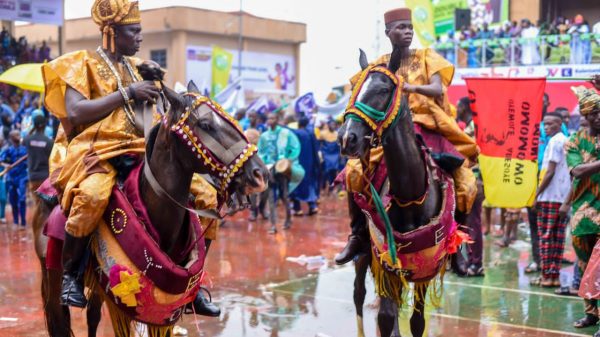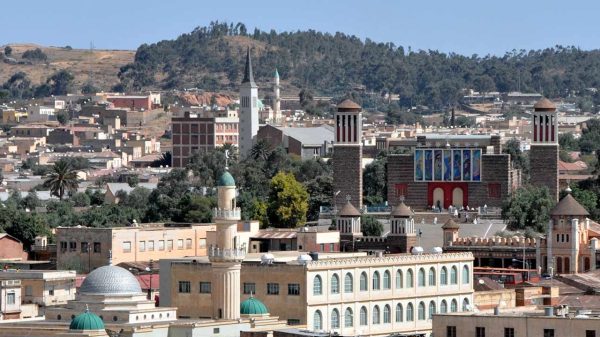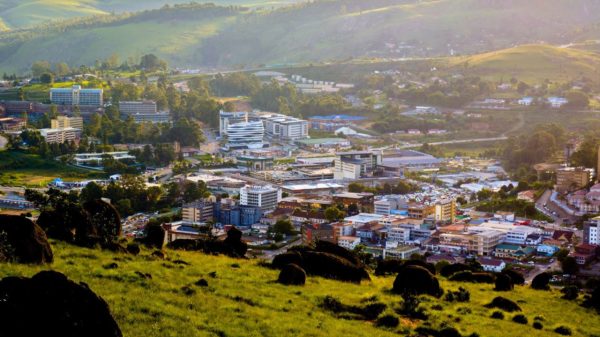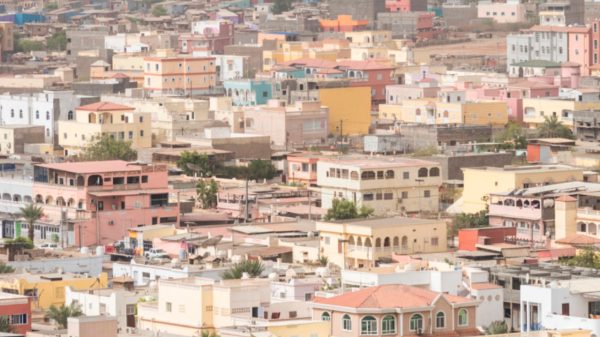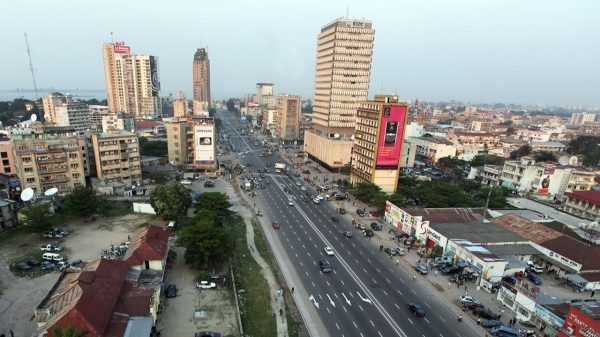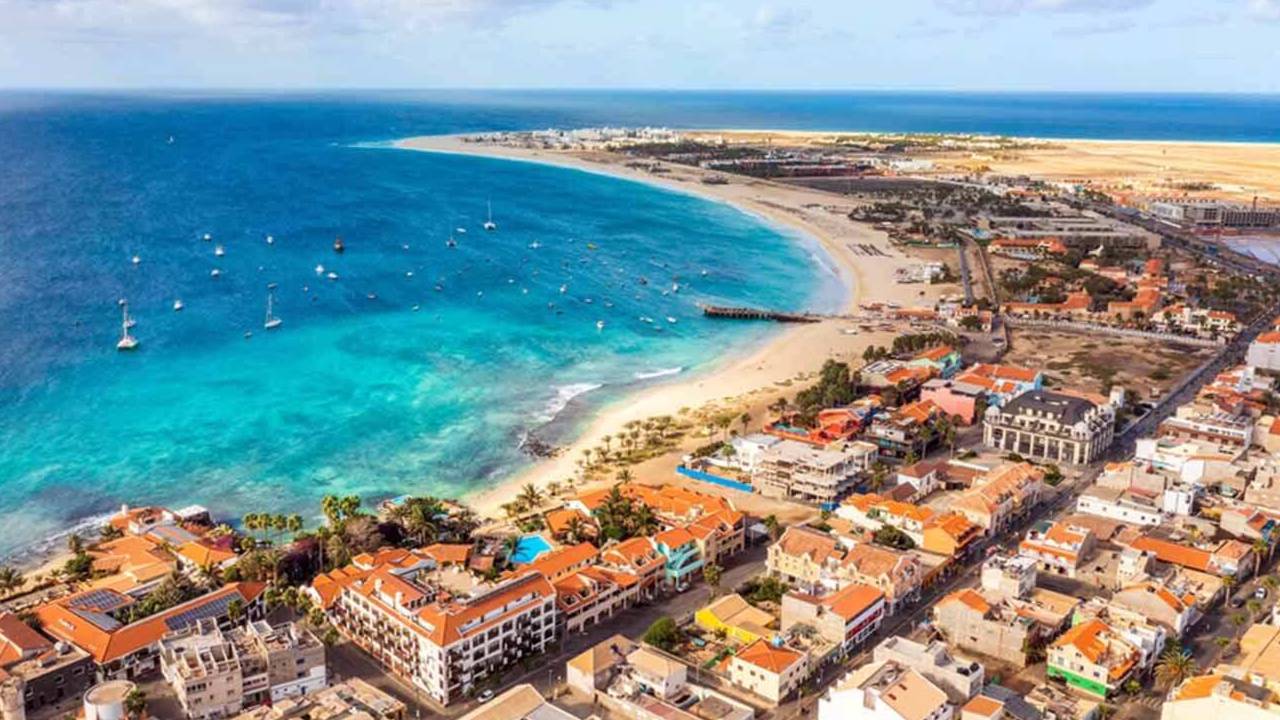Cape Verde, officially the Republic of Cabo Verde, is an archipelago nation consisting of ten volcanic islands situated in the central Atlantic Ocean, off the western coast of Africa.
With a unique blend of African and Portuguese influences, its culture is rich in music, particularly the melancholic morna, and a vibrant Creole language. Historically uninhabited until the 15th century, the islands became a significant hub for the transatlantic slave trade under Portuguese rule. Despite its limited natural resources and susceptibility to drought, Cape Verde has developed a relatively stable democracy and an economy increasingly reliant on tourism. Its stunning landscapes range from arid plains to dramatic volcanic peaks, making it a captivating destination.
1. Cape Verde’s Unique Geographical Composition
Cape Verde is an archipelago consisting of ten volcanic islands and five islets, located approximately 500 kilometers off the west coast of Africa. The islands are divided into two groups: the Barlavento (windward) and Sotavento (leeward) islands. Despite their proximity, each island boasts distinct landscapes, cultures, and histories. For instance, Sal and Boa Vista are renowned for their pristine beaches and tourism infrastructure, while Santo Antão is celebrated for its rugged mountains and hiking trails. The diverse topography includes everything from arid plains to lush valleys, making Cape Verde a microcosm of natural beauty. This geographical diversity not only attracts tourists but also influences the local economies and lifestyles across the islands.
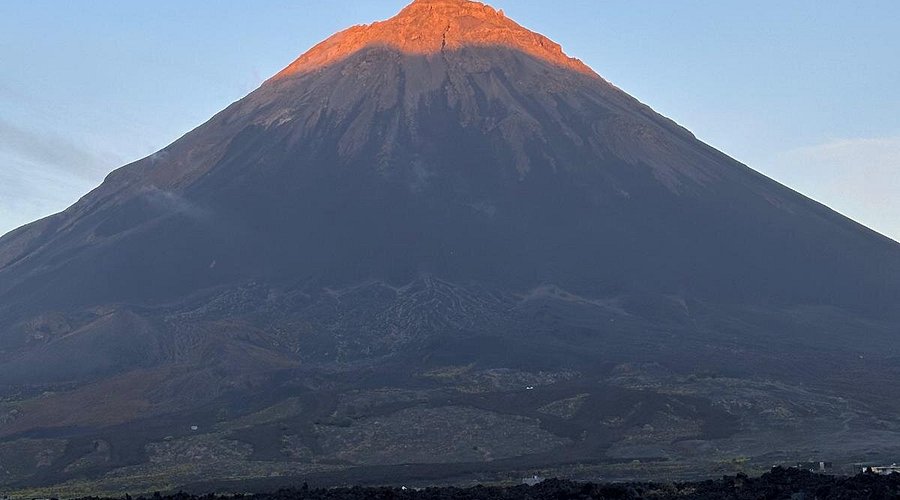
2. The Rich Tapestry of Cape Verdean Music
Cape Verde’s music is a harmonious blend of African, Portuguese, and Brazilian influences, reflecting its complex history. The most iconic genre is Morna, characterized by melancholic melodies and poignant lyrics often sung in Cape Verdean Creole. Cesária Évora, known as the “Barefoot Diva,” brought Morna to international acclaim, earning a Grammy Award and introducing the world to Cape Verde’s soulful sounds. Other popular genres include Coladeira, Funaná, and Batuque, each with unique rhythms and instruments. Music is deeply ingrained in Cape Verdean culture, serving as a medium for storytelling, preserving history, and expressing communal identity.
3. Pico do Fogo: The Majestic Active Volcano
Pico do Fogo, standing at 2,829 meters, is the highest point in Cape Verde and the only active volcano in the archipelago. Located on Fogo Island, its most recent eruption occurred in 2014, leading to the evacuation of nearby villages and significant changes to the landscape. Despite the risks, the fertile volcanic soil supports agriculture, including coffee and wine production. The volcano is a prominent tourist attraction, offering challenging hikes and panoramic views. Its presence is a constant reminder of the islands’ volcanic origins and the dynamic natural forces shaping them.
4. A Legacy of Independence and Political Stability
Cape Verde gained independence from Portugal in 1975, following a peaceful transition led by the African Party for the Independence of Guinea and Cape Verde (PAIGC). Since then, the country has established a stable democratic system, holding regular free elections and maintaining a strong record on human rights and press freedom. In 2008, Cape Verde was promoted by the United Nations from the list of Least Developed Countries, reflecting its progress in governance and economic development. This political stability has been instrumental in attracting foreign investment and fostering a growing tourism industry.
5. Cape Verde: A Sanctuary for Loggerhead Turtles
Cape Verde is the world’s third-largest nesting site for loggerhead turtles, with Ervatão Beach on Boa Vista Island being a significant breeding ground. Between July and September, thousands of female turtles come ashore to lay eggs, a spectacle that draws eco-tourists and conservationists alike. The country has implemented robust conservation programs to protect these endangered creatures, including regulated tourism and community education initiatives. These efforts have not only contributed to the preservation of marine biodiversity but also provided sustainable economic opportunities for local communities.
6. The Global Cape Verdean Diaspora
Cape Verde has a significant diaspora, with more citizens living abroad than within the country. Historical factors, such as limited natural resources and recurrent droughts, have driven emigration to countries like the United States, Portugal, and the Netherlands. This diaspora plays a crucial role in the nation’s economy through remittances, which constitute a substantial portion of Cape Verde’s GDP. Culturally, the diaspora maintains strong ties to the homeland, preserving traditions and contributing to a global Cape Verdean identity.

7. Cidade Velha: A UNESCO World Heritage Site
Cidade Velha, located on Santiago Island, is a historic town recognized as a UNESCO World Heritage Site. Founded in 1462, it was the first European colonial settlement in the tropics and played a pivotal role in the transatlantic slave trade. Notable landmarks include the Royal Fortress of São Filipe and the ruins of the old cathedral. Today, Cidade Velha serves as a poignant reminder of Cape Verde’s colonial past and is a center for cultural tourism and historical education.
Subscribe to our Newsletter
Stay updated with the latest trends in African Pop Culture!



